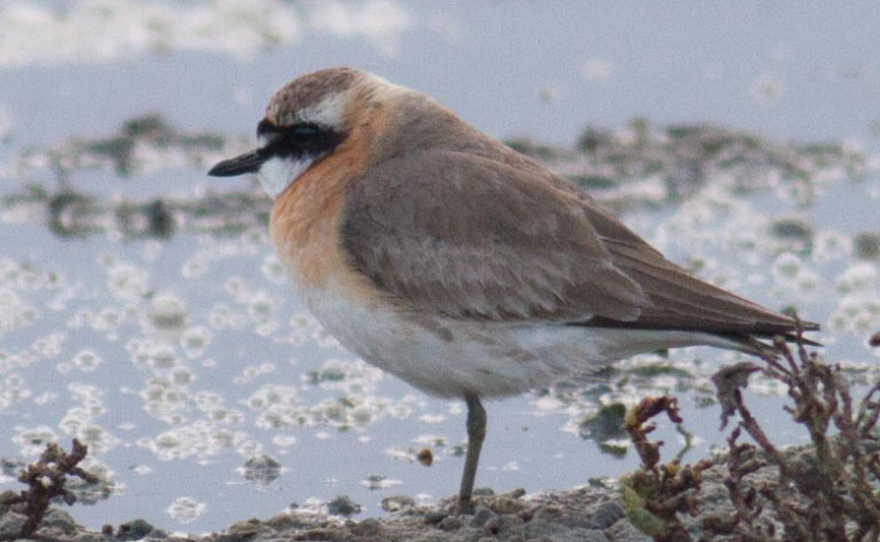Three species of birds typically found in other parts of the world were spotted near Imperial beach last week, and bird enthusiasts flocked from across the region and western United States to see the rarities for themselves, according to the California Rare Birds Committee.

"I've seen people looking at this bird that have come from Colorado and New Mexico," Guy McCaskie said about the Lesser Sand Plover, which is native to the Siberian tundra. "People will come from a long distance to see a bird of this quality."
McCaskie lives in Imperial Beach and has been a member of the California Rare Birds Committee, a group that verifies rare bird sightings, for decades.
Last August a Curlew Sandpiper, also native to Russia, attracted birders from parts of the western United States to Imperial Beach.
The Lesser Sand Plover, formerly known as the Mongolian Plover, is native to northern Russia and spends its winters between Africa, Southeast Asia and Australia, said McCaskie. This is the first recorded sighting of the bird in San Diego County and third recorded sighting in Southern California, he said.
Biologist Matt Sadowski first saw the Lesser Sand Plover Friday and sightings continued through Monday, he said.

A resident who lives at the end of 7th Street near the salt ponds that are being restored said she saw crowds of 30 to 40 people at times on the Bayshore Bikeway after the bird was spotted Friday.
"It is doubtful that this bird appearing means more of the same species will occur soon," said California Rare Birds Committee Chair Paul Lehman.
The Stilt Sandpiper and Sharp-Tailed Sandpiper were also spotted July 17 and 18 respectively near salt ponds being restored near 13th Street. The Sharp-Tailed Sandpiper is also native to Russia while the Stilt Sandpiper breeds in the Arctic Circle.
All three birds were first spotted by bird surveyor Matt Sadowski, who regularly travels in to restricted access areas of the salt ponds and national wildlife refuge to count bird populations for U.S. Fish and Wildlife Service.
"Shorebirds (members of the plover and sandpiper families) are already migrating south this time of year and occasionally they get lost or blown off course," Sadowski said.
During a typical year, each of the birds that were spotted could be found thousands of miles away in northern Brazil or Australia.
This is the fourth recorded sighting of a Sharp-Tailed Sandpiper in San Diego County, Lehman said. Sharp-Tailed Sandpipers do come to California, but not adults.
"The fact that it is an adult is especially unusual, as most birds found in California (where very rare) are young birds found later in autumn," he said.
Like the Lesser Sand Plover, adult Sharp-Tailed Sandpipers typically spend the winter in parts of southeast Asia and Australia, Lehman said.
The Stilt Sandpipers breeds in the Arctic Circle and spends and fly to parts of Brazil and South America to spend the winter. The bird can be found in parts of Canada, the Midwest and eastern United States year round. Sightings have been reported at the Salton Sea in southeast California, but the bird rarely reaches the California coast, McCaskie said.
"It's rare but a lot less rare than the Sharp-Tailed Sandpiper or Lesser Sand Plover," McCaskie said. "Once you get into these Asiatic birds that are rare in North America you'll get people coming from far afield [to see them]."





